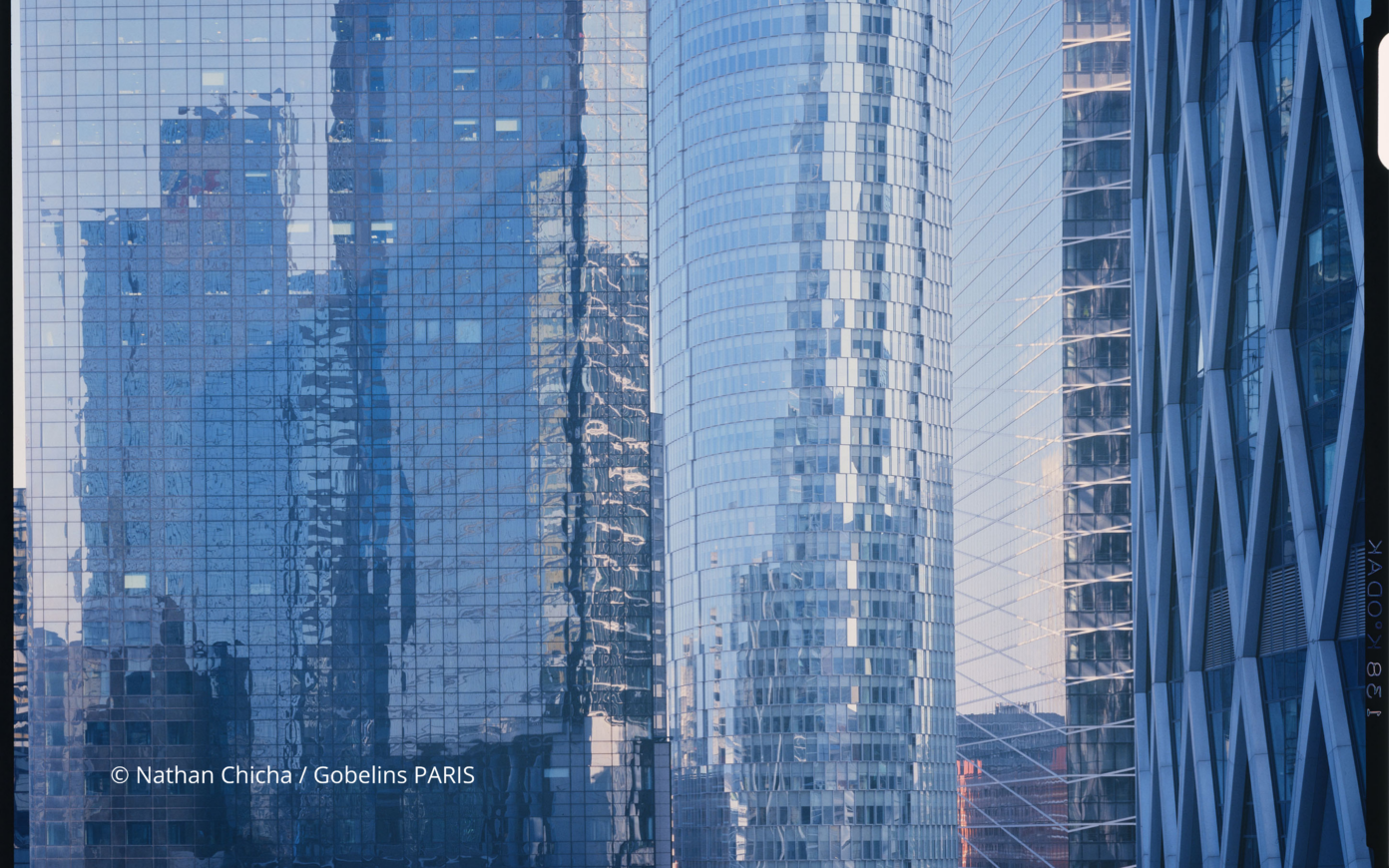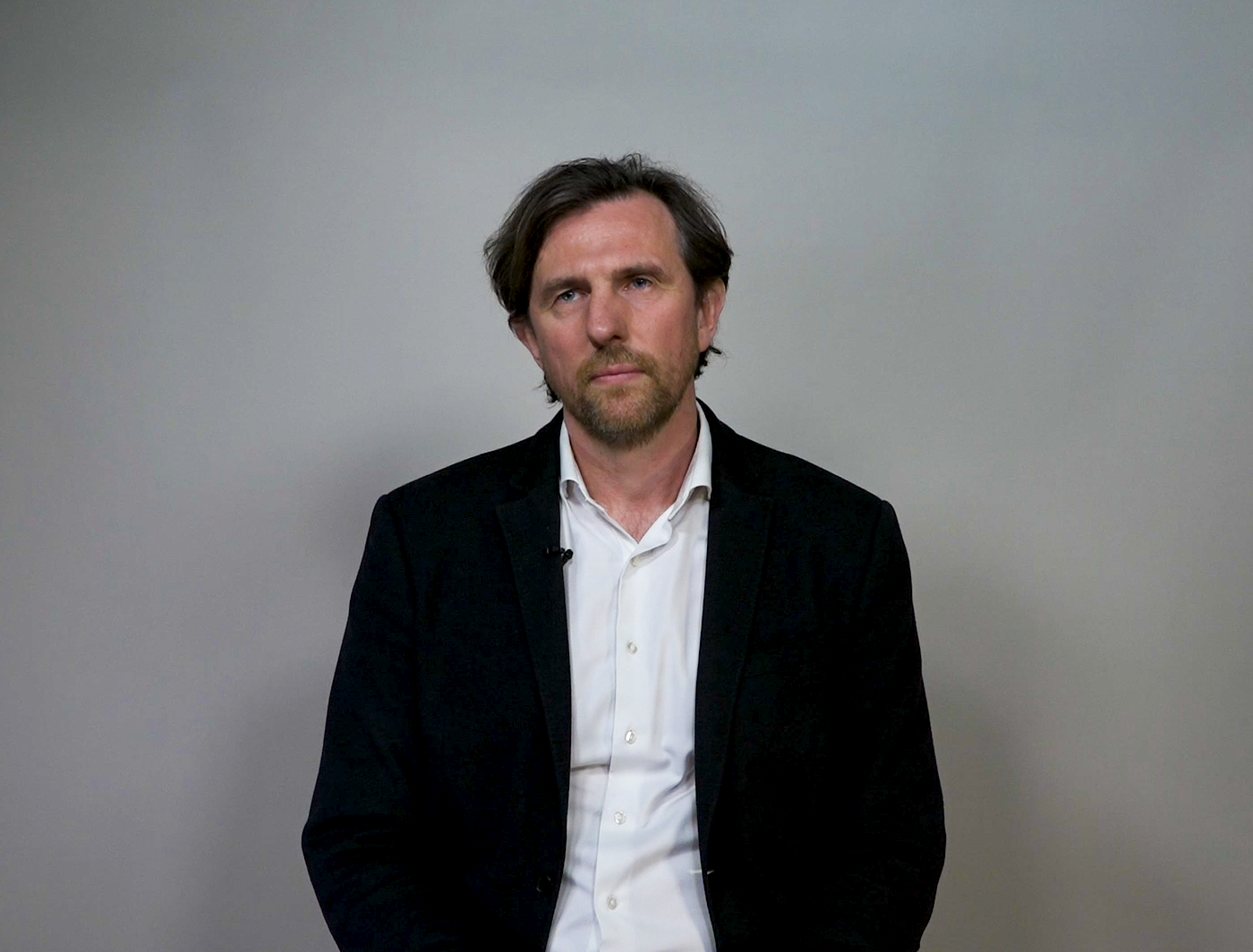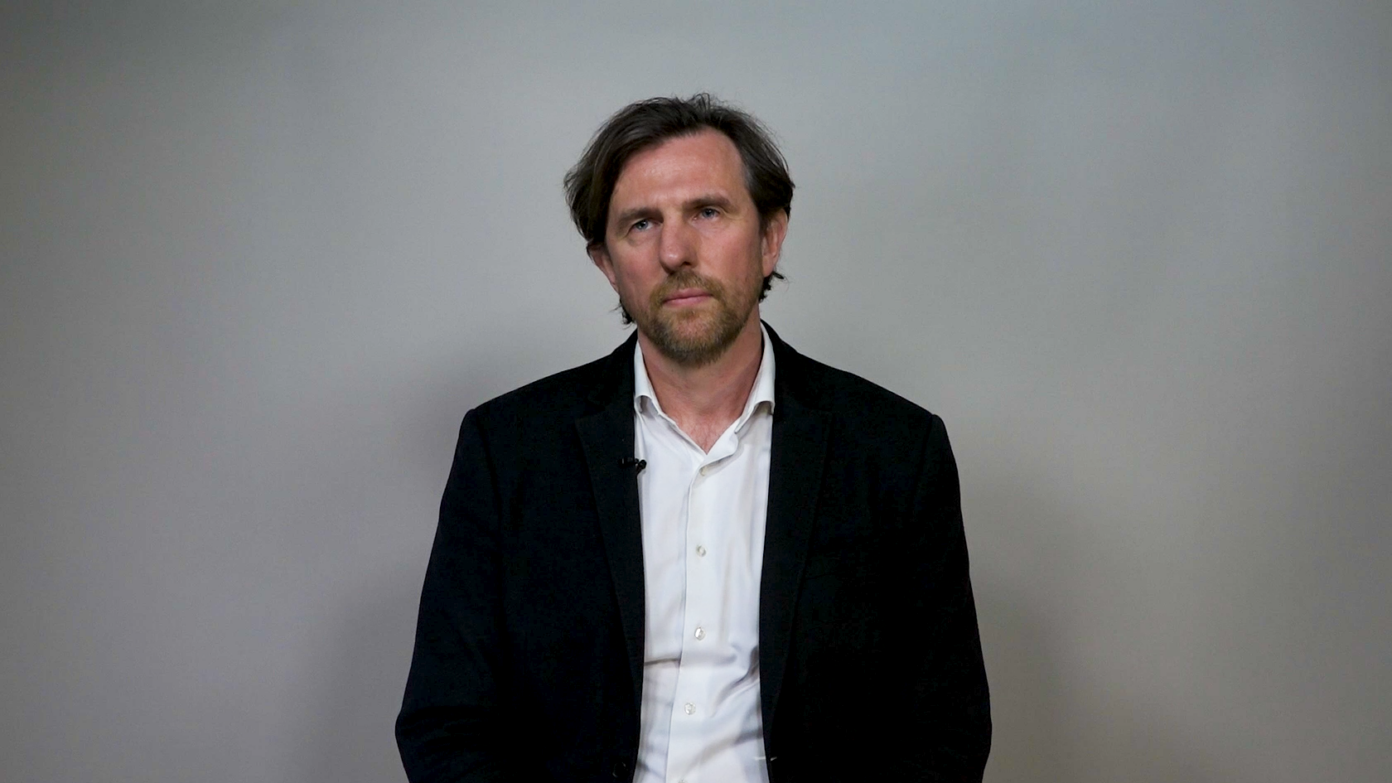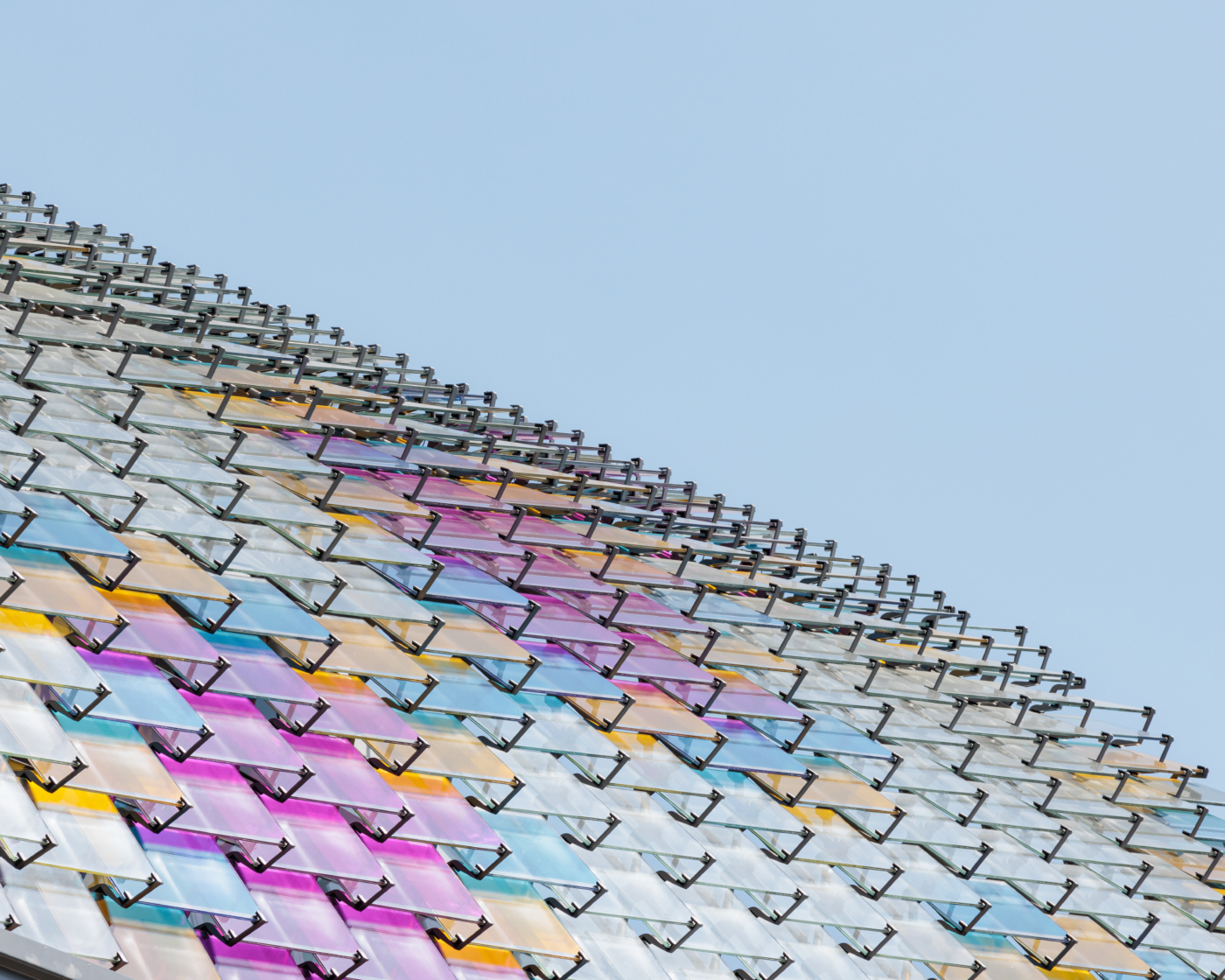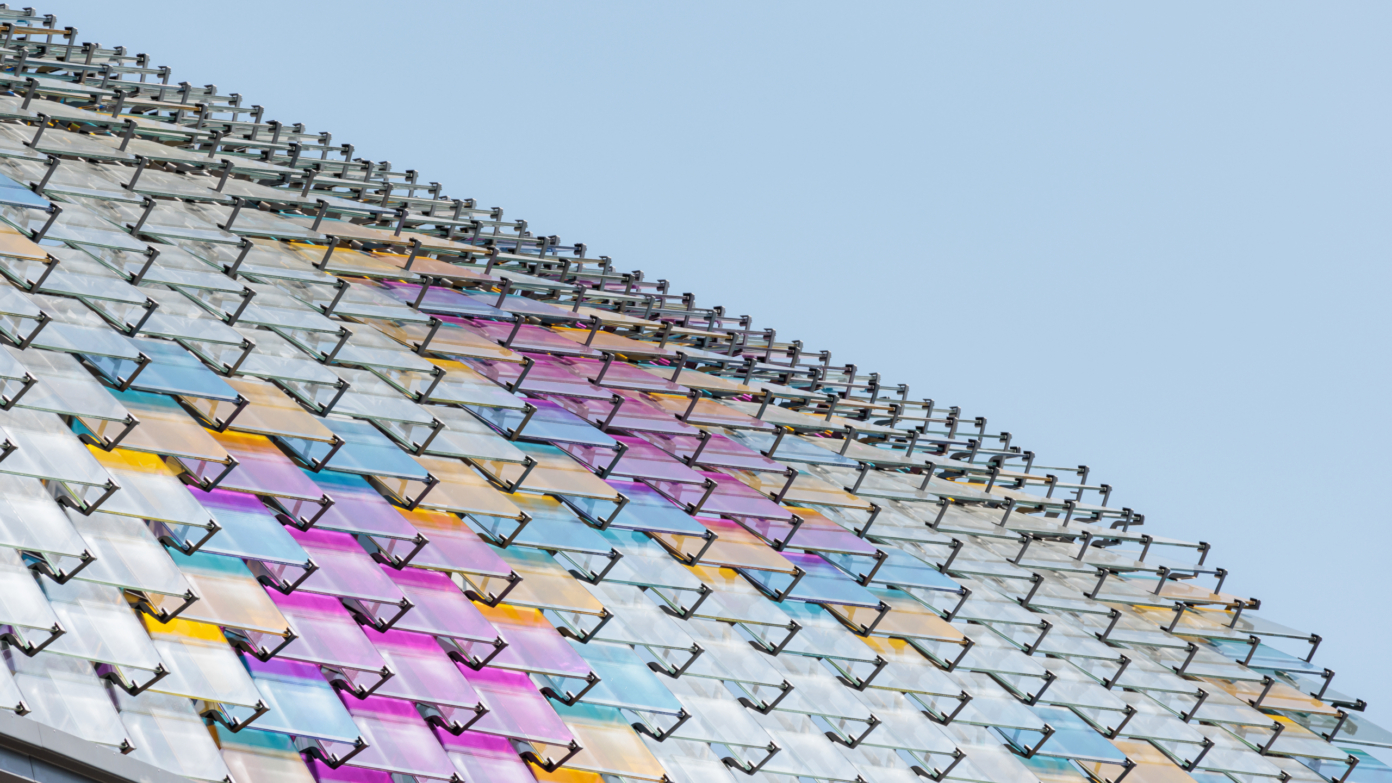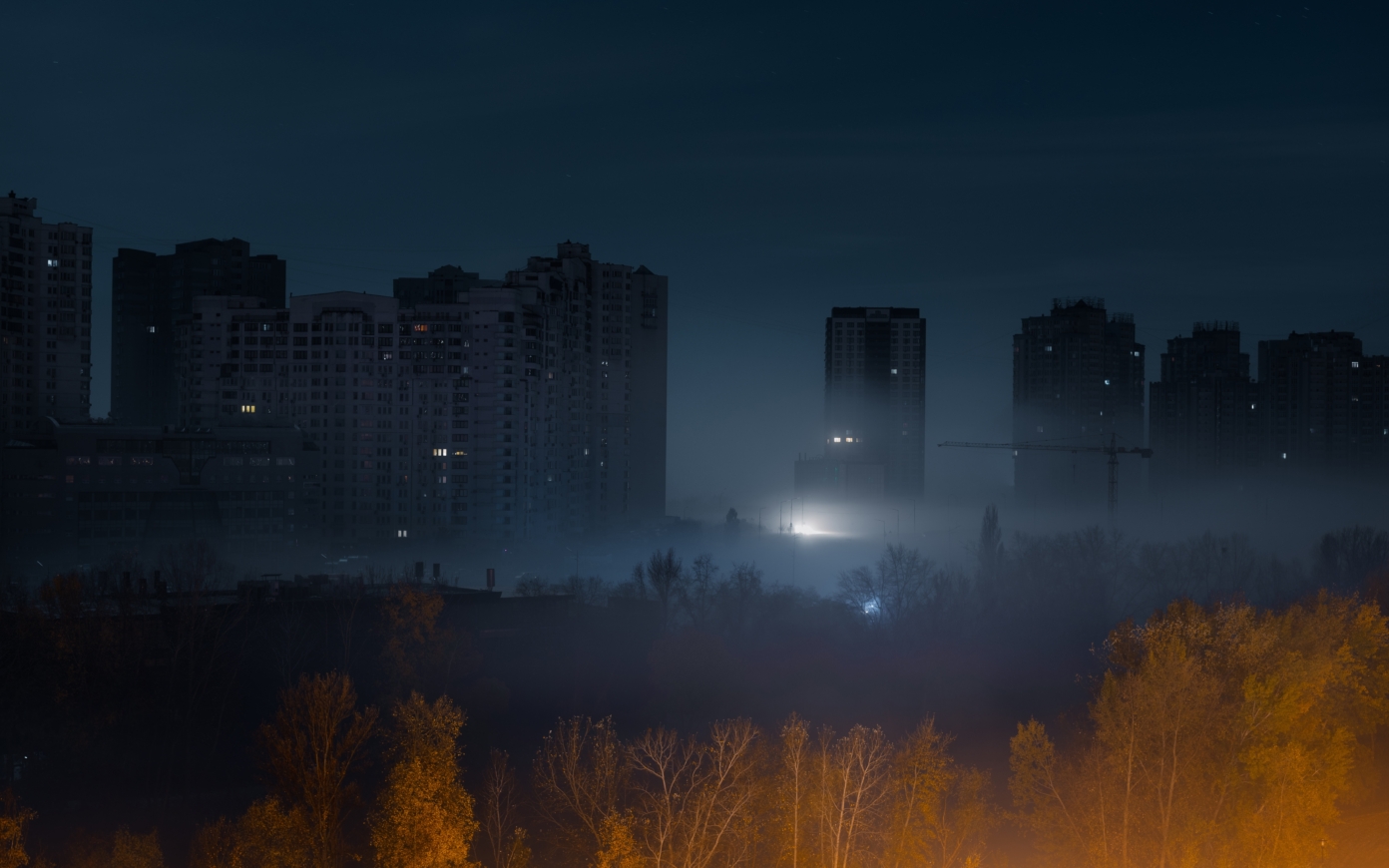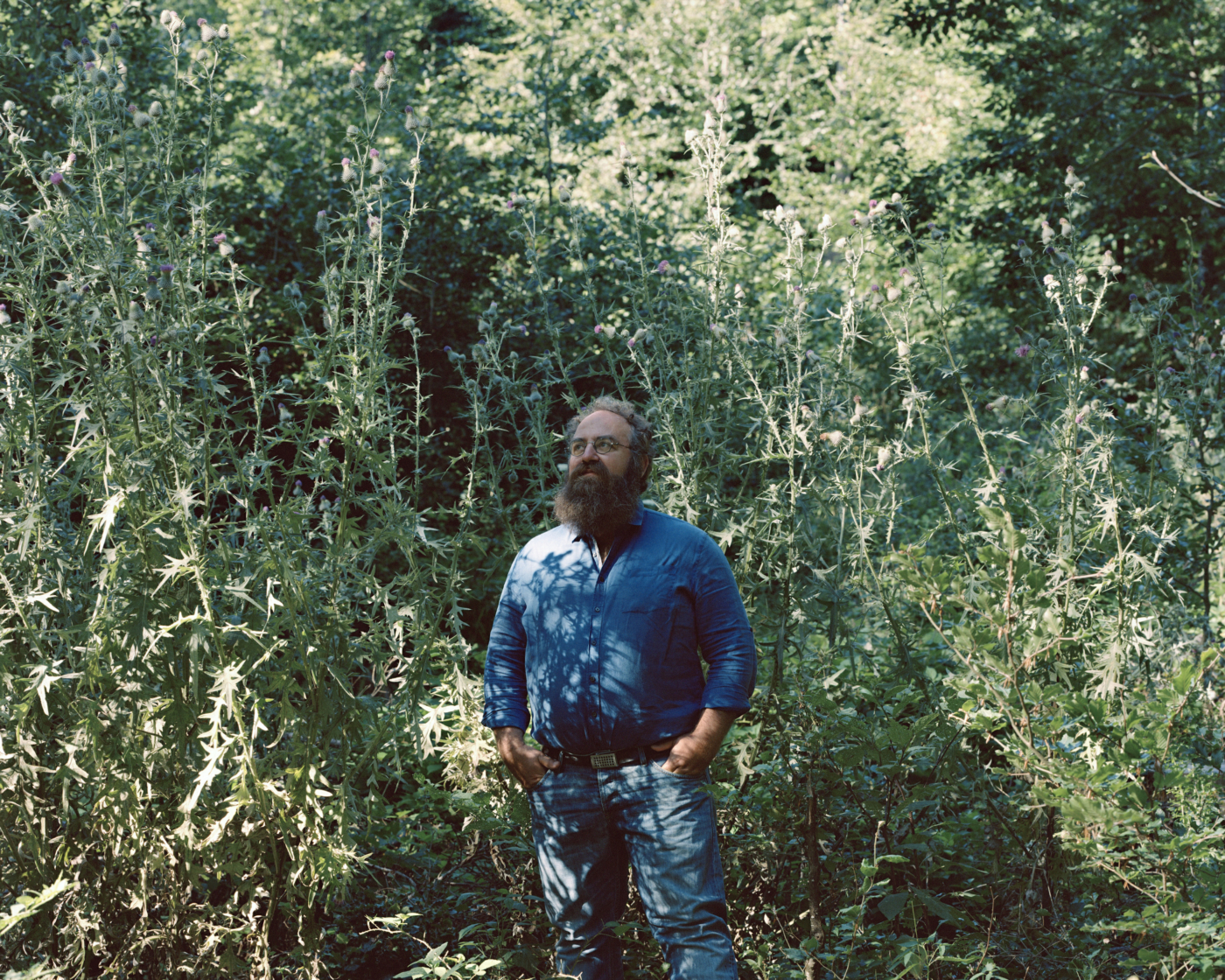Digital technologies have brought about a radical paradigm shift, blurring the lines between real and virtual, organic and artificial, tangible and intangible. As early as the 1990s, the networking of the world was compared to the processes of biological development, but as global awareness of environmental issues has become a reality, the exploration of the self-organizing abilities of the living is now integral to pursuing energy efficiency, designing new hybrid materials, and reducing our carbon footprint. Artists and designers were the first to embrace this environmentally-friendly approach, designing items thanks to living organisms and seeking alternatives to plastic for instance.
Marie-Ange Brayer, curator, and head of the Design and Industrial Prospective Department at Mnam-Cci, Centre Pompidou, gives us an overview of the possible forms of collaboration between technology and natural intelligence through three projects demonstrating a new relationship with living things. A special preview of her article will appear in the 5th edition of our book magazine, Stream, which is slated for publication this fall.
Urban planning inspired by primitive moss
Discover the before and after Responsables du projet : Dr. Claudia Pasquero, Dr. Marco Poletto / Équipe du projet : Lixi Zhu, Xiaomeng Kong, Konstantinos Alexopoulos, Eirini Alexopoulos, Eirini Tsomokou, Michael Brewster by moving the cursor
Physarum polycephalum is one of the oldest micro-organisms on Earth. This single-cell organism, which inhabits forest moss, exhibits learning and information transmission capacities that could help us design urban development projects or solve drought issues in the near future. The networks generated by Physarum exhibit actual engineering capabilities. Physarum is considered as a “primitive form of intelligence:” it can move, regenerate, solve mazes, remember locations, and anticipate patterns. It also makes foraging decisions, as was demonstrated by ethologist and doctor in animal behavior Audrey Dussutour’s amazing research at the CNRS in Toulouse.
As part of the Synthetic Landscape Lab, UIBK / Urban Morphogenesis Lab at UCL in London, the architects of EcologicStudio (Claudia Pasquero and Marco Poletto) will present an unprecedented urban planning project based on the study of Physarum polycephalum at the next exhibition in the Mutations/Créations cycle at Centre Pompidou, “Réseaux-mondes” (World Networks), slated for February–March 2022. Their projects explore a post-Anthropocene reality, where impact doesn’t only proceed from humans but also from artificial intelligence and intelligent systems adapted from nature. The project, entitled “GAN-Physarum : la dérive numérique” [GAN-Physarum : the digital drift] is based on a biodigital algorithm. A biopainting incorporates a living strain of Physarum developing on the map of a city, thereby acting as a “biotechnological” brain. The architects view the project as being based on the “interdependence of biological and digital intelligence.” GAN (Generative Adversarial Networks) are an algorithm, a form of artificial intelligence that will behave like a Physarum polycephalum, thereby demonstrating parallels between the growth of cities and living organisms. It is proven that transportation networks are “systems that are both biological and urban;” here, the primitive organism is used for a “re-metabolization” of the city, aiming for carbon neutrality as well as the increase of biodiversity.
Image cover: The Mediated Matter Group and Neri Oxman, The Aguahoja Artifacts Display
This catalogue of experimental materials (made from organic materials and printed by a robot) covers four years of research and reveals the diversity of aesthetics and properties generated according to geometries, bio-composite distribution and manufacturing parameters.




